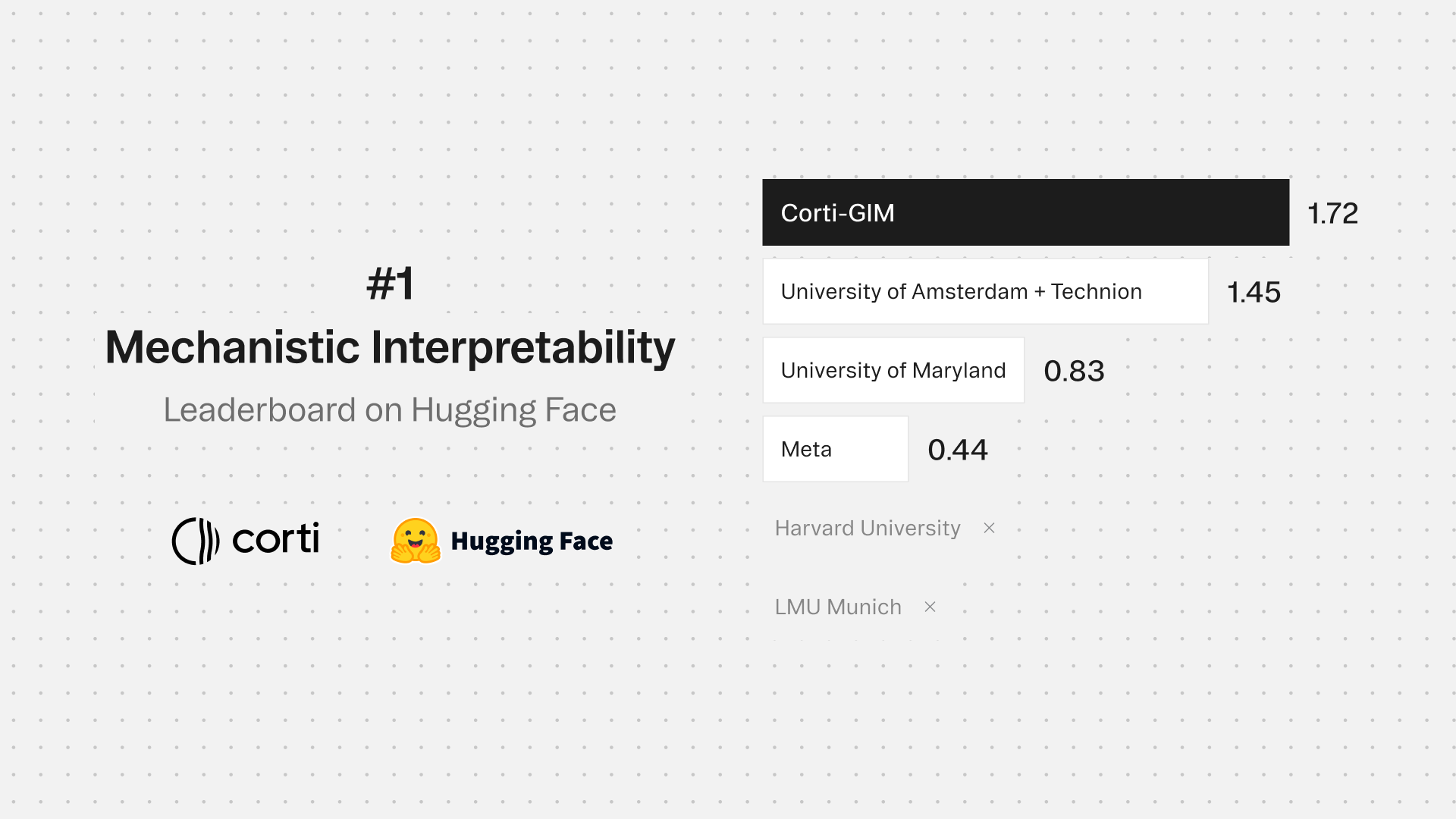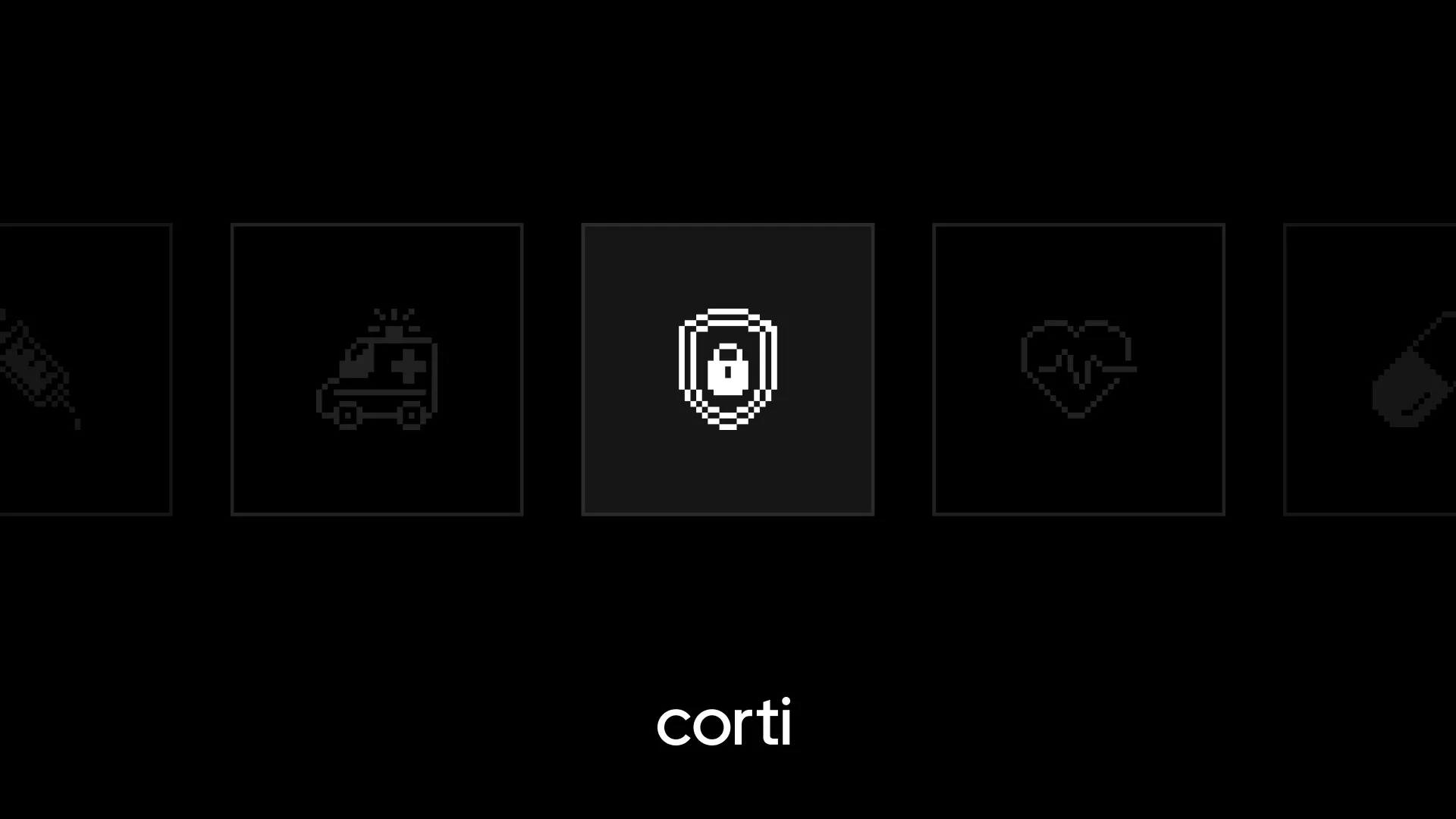Getting beyond the firewall by building clinical AI for sovereign systems

The pager goes off as you step into the neonatal ward in Bern. A nurse hands over a dictation headset and an apologetic look:
“The parents’ consent forms are in the other hospital’s system, and we can’t copy anything until legal signs off. Again.”
Sound familiar? Across Europe, clinicians lose two hours a day to paperwork precisely because the data that powers modern tools isn’t allowed to travel with them. And with the EU AI Act poised to tighten privacy screws even further, many hospitals feel stuck in 2025 with the tech stack of 2015.
The false choice we kept hearing
Until now, the spiel went like this:
Pick a US hyperscaler and enjoy cutting-edge AI—or keep every record inside your own borders and work the night shift yourself.
At Corti, we never bought that bargain. So we asked the toughest privacy referee we could find—Switzerland—to blow the whistle if we cut any corners. Partnering with Voicepoint, we moved Corti’s real-time clinical AI into a Swiss data centre where every byte of protected health information (PHI) lives and dies on Swiss soil. No data detours, no “just-this-once” exceptions.
If we can comply here, we can comply anywhere.
How you build sovereignty without slowing down
Most AI vendors rent someone else’s models, stitch them to someone else’s cloud, then wrap it all in a compliance PDF. Corti took the opposite route:
- Own the stack from model to hosting. Because we train the language models ourselves, we can ship them as containerised services—no mystery boxes.
- Slide into any infrastructure. Azure today, a local colo tomorrow, full on-prem next year—without rewriting code or re-training staff.
- Stay exit-ready. If a provider hikes prices, picks sides in a trade war, or simply can’t meet a new law, you can walk away with your AI intact.
In practice, that meant a phased rollout: pull every PHI-touching workload out of Azure within ninety days, keep identity services online, then flip the final switch to true cloud-agnostic mode. The result? Sub-second note-taking, guideline prompts at the point of care, and auditable logs that never leave Canton Bern.
Compliance without compromise
Why sweat this now? Because the numbers are converging in one direction:
- 44 % of European firms plan to adopt sovereign cloud by 2025.
- Strict hosting rules under the EU AI Act arrive in 2026.
- 77 % of healthcare professionals admit they’re overwhelmed, yet half distrust today’s AI because of privacy blind spots.
Corti turns that skepticism into a selling point: doctors can show exactly where the data lives—often the same postal code as the patient—while still calling on a “second brain” that drafts notes, flags contraindications, and trims night-shift charting.
A day in the sovereign future
Back in Bern, the consent forms land in the chart automatically. Corti’s scribe tags an allergy the parents forgot to mention and surfaces a neonatal dosage guideline before anyone reaches for a calculator. The nurse checks her watch—five minutes saved on a single admission.
That’s the quiet promise of sovereignty done right: clinicians stop negotiating with infrastructure and start reclaiming headspace for patients.
Beyond Switzerland
The Swiss deployment isn’t a trophy; it’s a template. The same blueprint is already moving into France, Germany, and the Gulf states—places where “cloud strategy” meetings begin with questions about sovereignty and end with latency targets.
Whether you’re shielding cancer registries in Lyon, running trauma tele-consults in Riyadh, or simply future-proofing ahead of the AI Act, Corti meets you where your laws—and your latency budgets—live.
Ready when you are
Sovereign hosting isn’t about ditching the cloud; it’s about keeping your options open. Want the reach of Microsoft tomorrow? Go for it. Need everything inside a hospital basement during a geopolitical storm? Flip a switch.
If you’re done choosing between innovation and compliance, let’s talk. We’ll bring the AI—and leave the data exactly where it belongs.



